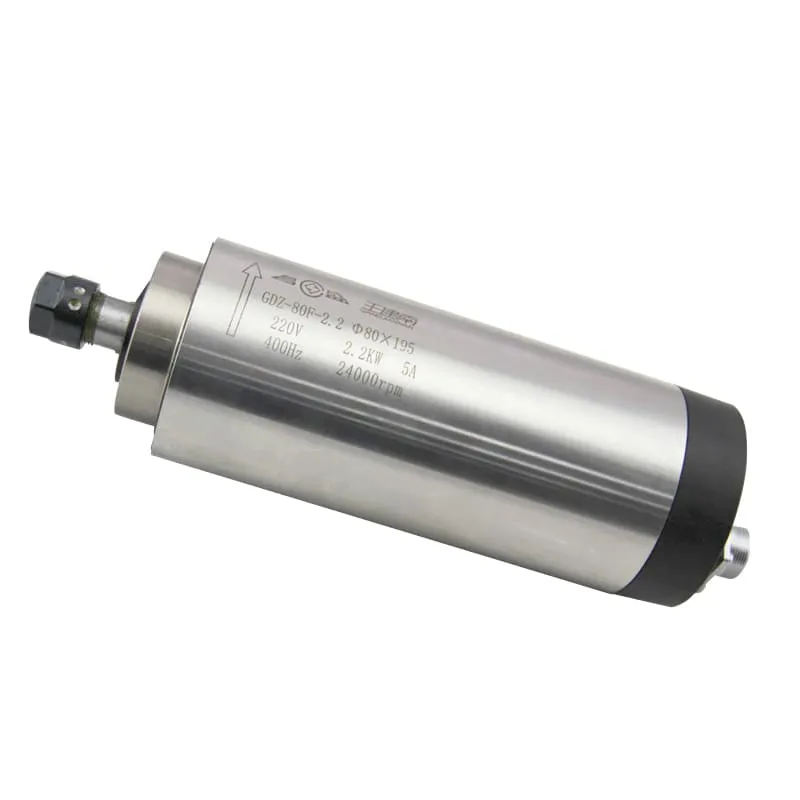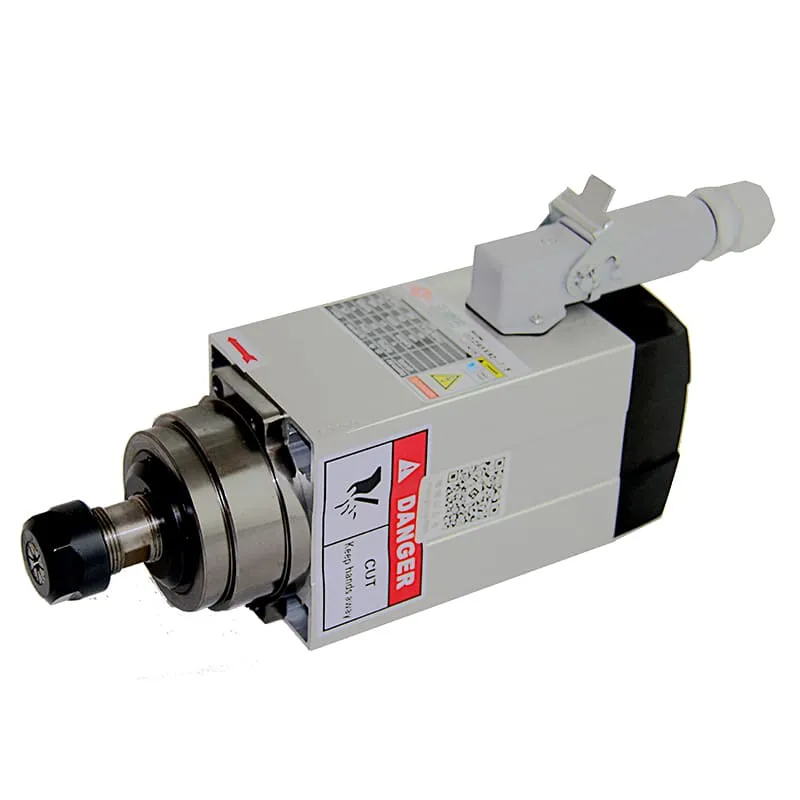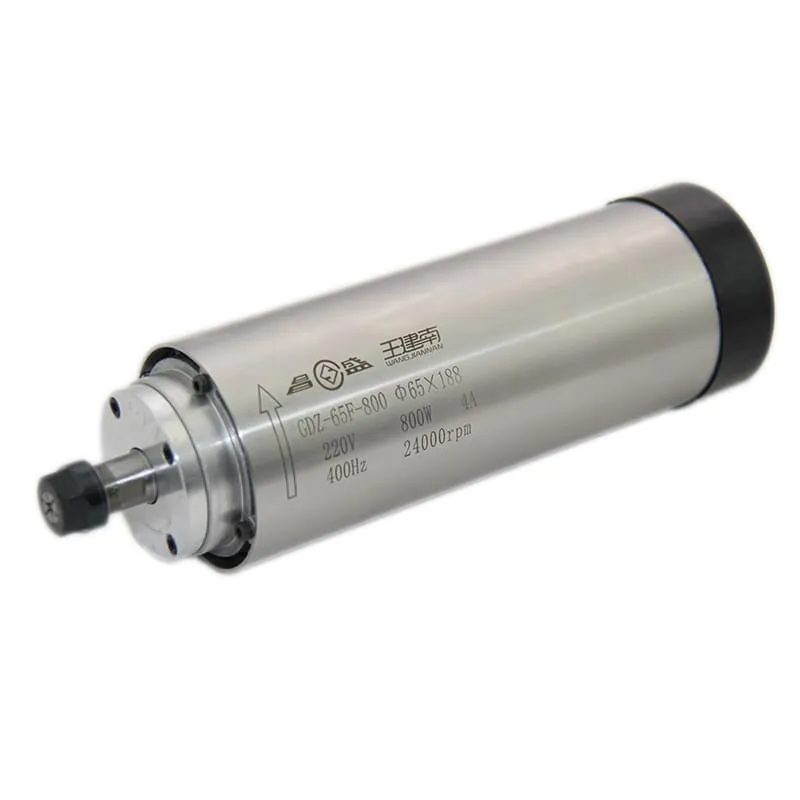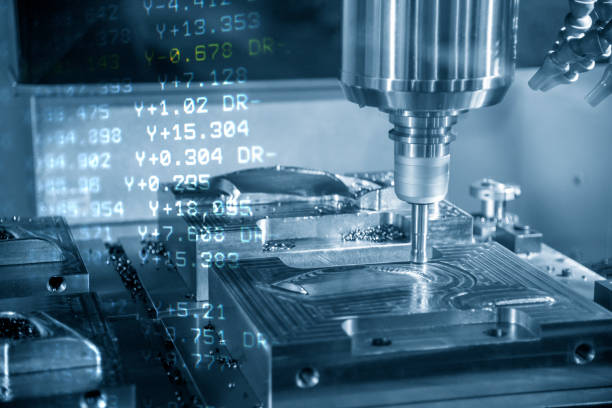How Many Amps Does a CNC Machine Use?
CNC machines are powerful tools that have revolutionized manufacturing and woodworking. One common question that arises when setting up a CNC machine is about its power consumption, specifically how many amps it uses. This is crucial information for proper electrical planning and safety. Let’s dive into the details of CNC machine power usage and explore the factors that influence it.
Understanding CNC Machine Power Consumption
CNC machines can vary widely in their power consumption depending on their size, type, and specific components. Generally, the amperage draw of a CNC machine can range from as low as 15 amps for smaller desktop models to over 100 amps for large industrial units.
To understand this better, let’s break down the main components that contribute to a CNC machine’s power usage:
- Spindle motor
- Stepper or servo motors
- Control system and computers
- Cooling systems
- Auxiliary components (like vacuum tables or dust collection systems)
The Role of the Spindle in Power Consumption
The spindle is often the most power-hungry component of a CNC machine. Its amperage draw can vary significantly based on its power rating.

For example, the 2.2KW ER16 Air-Cooled Spindle typically draws around 10 amps at 220V. However, this can vary based on the specific operation being performed.
Here’s a rough guide to spindle power and amperage:
| Spindle Power | Approximate Amperage (at 220V) |
|---|---|
| 1.5 kW | 7-8 amps |
| 2.2 kW | 10-11 amps |
| 3.5 kW | 16-17 amps |
| 4.5 kW | 20-22 amps |
| 6.0 kW | 27-30 amps |
Remember, these are approximate values and can vary based on the specific spindle model and operating conditions.
Stepper and Servo Motors: The Movers and Shakers
The motors that control the movement of your CNC machine’s axes also contribute to its power consumption. While they typically use less power than the spindle, their combined draw can be significant.
A typical CNC router might use stepper motors rated at 3-5 amps each. With three or four axes, this adds up to 9-20 amps total. Larger machines or those with more powerful servo motors will draw even more.
Control Systems and Computers
The control system of a CNC machine, including any onboard computers or displays, generally draws a relatively small amount of power. This might be in the range of 2-5 amps for most machines.
Cooling Systems: Keeping It Cool
Many CNC machines, especially those with powerful spindles, require cooling systems. These can be either air-cooled or water-cooled.

The 1.5KW ER11 Square Air-Cooled Spindle with Flange is an example of an air-cooled system, which typically uses less power than water-cooled alternatives.
Air-cooled systems might add 1-2 amps to your total draw, while water-cooled systems with pumps could add 3-5 amps or more.
Auxiliary Components: The Power Hungry Extras
Depending on your setup, you might have additional components that draw significant power:
- Vacuum tables for workpiece holding: 10-20 amps
- Dust collection systems: 5-15 amps
- Automatic tool changers: 2-5 amps
Calculating Total Amperage Draw
To estimate the total amperage draw of your CNC machine, you’ll need to add up the requirements of all components. Here’s an example for a mid-sized CNC router:
- Spindle (2.2 kW): 10 amps
- Stepper motors (4 x 4 amps): 16 amps
- Control system: 3 amps
- Air cooling system: 2 amps
- Dust collection: 10 amps
Total: 41 amps
This machine would require at least a 50 amp circuit to operate safely.
Power Supplies for CNC Machines
Choosing the right power supply is crucial for your CNC machine’s performance and safety. Most CNC machines run on either 220V or 110V power, with larger machines typically requiring 220V.

For smaller machines, like those using an 800W ER11 Air-Cooled Spindle, a standard 110V, 20 amp circuit might be sufficient. However, always check the specifications of your specific machine.
Factors Affecting CNC Machine Power Consumption
Several factors can influence how many amps your CNC machine uses:
- Material being cut: Harder materials require more power to cut.
- Cutting speed and depth: Faster speeds and deeper cuts increase power consumption.
- Tool size and type: Larger tools or those with more flutes may require more power.
- Machine efficiency: Well-maintained machines typically use power more efficiently.
- Operating temperature: Machines may draw more power when operating in extreme temperatures.
Energy Efficiency in CNC Machining
While CNC machines can be power-hungry, there are ways to improve their energy efficiency:
- Use the right sized machine for your jobs: Oversized machines waste energy.
- Optimize your toolpaths: Efficient paths reduce unnecessary movement and power use.
- Maintain your machine: Regular maintenance keeps your machine running efficiently.
- Consider energy-efficient components: When upgrading, look for energy-efficient options.
- Use power management features: Many modern CNC controllers have power-saving modes.
Safety Considerations for CNC Machine Power
When dealing with the high power requirements of CNC machines, safety is paramount:
- Always use a properly rated circuit: Overloading circuits is dangerous.
- Install proper grounding: This protects both the machine and operators.
- Use appropriate wire gauge: Undersized wires can overheat and cause fires.
- Install emergency stop buttons: These should cut power to all components quickly.
- Regular electrical inspections: Have a professional check your setup periodically.
Future Trends in CNC Power Consumption
As technology advances, we’re seeing trends towards more energy-efficient CNC machines:
- More efficient motors and drives: These reduce power consumption without sacrificing performance.
- Advanced power management systems: These optimize power use based on the current operation.
- Regenerative drives: These can recapture energy from braking motions.
- Use of lightweight materials: Reduces the power needed to move machine components.
FAQs
1. Can I run a CNC machine on a standard household circuit?
Small desktop CNC machines might run on a standard 15 or 20 amp household circuit. However, most larger CNC machines require dedicated circuits with higher amperage, often 220V.
2. How does the size of the CNC machine affect its power consumption?
Generally, larger CNC machines consume more power. They typically have more powerful spindles, larger motors to move heavier components, and may include additional features like automatic tool changers or more powerful dust collection systems.
3. Does the type of material being cut affect power consumption?
Yes, harder materials typically require more power to cut. For example, cutting steel will generally use more power than cutting soft wood or plastic.
4. How can I reduce the power consumption of my CNC machine?
You can reduce power consumption by optimizing your cutting parameters, maintaining your machine properly, using energy-efficient components, and avoiding oversized machines for your typical jobs.
5. What’s the difference in power consumption between a CNC router and a CNC mill?
CNC mills typically consume more power than CNC routers of similar size. This is because mills are designed to cut harder materials like metals, which requires more powerful spindles and motors.
Conclusion
Understanding the power requirements of your CNC machine is crucial for safe and efficient operation. While the amperage draw can vary widely depending on the machine’s size, components, and usage, most CNC machines will use between 15 and 100 amps. Smaller desktop models might use as little as 15 amps, while large industrial machines can draw over 100 amps.
Remember to always consult your machine’s specifications and a qualified electrician when setting up power for your CNC machine. Proper electrical planning not only ensures your machine runs correctly but also maintains a safe working environment.
As CNC technology continues to advance, we can expect to see more energy-efficient machines that deliver high performance while minimizing power consumption. Whether you’re a hobbyist with a small CNC router or managing a large industrial CNC operation, understanding and optimizing your power usage can lead to safer, more efficient, and more cost-effective machining.

